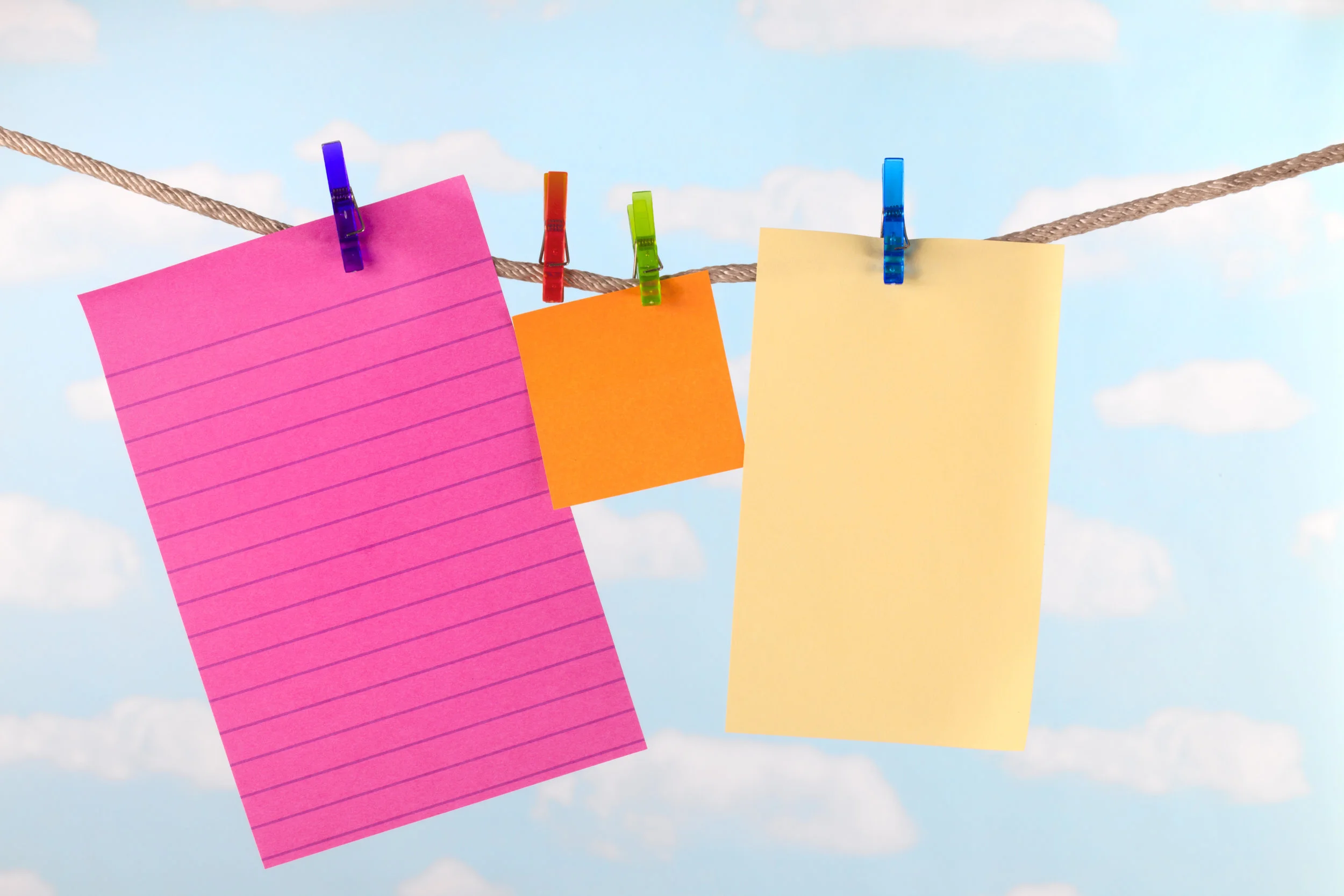I’m often asked in my coaching sessions and masterclasses whether it’s okay to use notes when giving a talk or presentation and there are arguments for and against it. If you are a professional speaker, an expert in the topic you are speaking about, it would generally be expected that you don’t use notes. Some TEDx events discourage the use of notes and lots of rehearsal is required to ensure a smooth delivery. However, if you’re speaking about something that you’re less familiar with or you have little time to prepare, then having some notes can help ease any nerves. Even if you never refer to them it can be a comfort to know they’re there.
If you decide that you will use notes to deliver your talk or presentation, there are various options; whichever you use, it’s important to ensure they aren’t a distraction.
Note cards
The first technique probably takes you back to your primary school years when you were advised to use cards with bullet points to jog your memory. But if you were anything like me, you ended up writing out your entire presentation in tiny handwriting and reading the entire thing! With simple prompts (rather than a script) this can still be an effective method.
One sheet of paper
Alternatively, you can create the illusion that you are not using notes if you simply have one piece of paper (try A4 folded lengthwise) and leave it on a table or somewhere you can easily see it and read the prompts on it without picking it up.
Electronic device
We are now seeing more presenters using a tablet or a phone. Depending on the type of talk or presentation, tablets can be relatively effective although I’ve yet to see a presenter look at their phone without disconnecting from the audience. If you are using digital notes, you might like to consider using something like PresentPal, presentation support software that has been developed to act like a series of flash cards.
Storyboard
One of the best speakers I know uses an A3 size storyboard with colourful images to jog his memory and colour coding on it to keep him to time. Often he will ask someone sitting in the front row to hold it for him so that he can glance at it without needing to turn away from the audience. This technique can be very effective but it’s not for everyone and it will only be effective if you put in rehearsal time too.
Whichever technique you use, here are some things to keep in mind:
- Ideally put notes a table or lectern rather than hold them
- Use simple bullet points to jog your memory if needed
- Use large font size so you can see what’s written with a quick glance
- Use them for key facts or numbers
- Ensure there is plenty of white space around words
- Use bullet points or numbers to itemise any supporting ideas under the main heading
- Consider using colour coding
- Consider adding images to remind you to smile, slow down, breathe, etc
- If using cards, have as few cards as possible and link them together (you can put a hole in top left corner and tie them together or use a ring) so it’s easy to change to the next one and keep them in order (number them just in case they get separated)
- Consider making a note of approximate timings of each section on your card/s
- Familiarise yourself with your opening lines and your closing statement so you don’t need to refer to notes for these crucial parts of your presentation
- Don’t write sentences word for word; under the pressure of your presentation you will read them!
- Practice with your notes so that you are not using them for the first time when you’re in front of your audience
- Finally, even if you decide to add some notes in the notes section of your PowerPoint presentation DON’T use your PowerPoint slides as notes for yourself. Slides are a visual aid for your audience, to enhance their understanding of the message
Remember, if you suddenly forget what comes next and need to refer to your notes, there is no need to panic and draw attention to it. A friend of mine was delivering a high stakes presentation and part way through she calmly and confidently walked over to where her notes were on the table, glanced at them and continued speaking. There was a pause, but it was so smooth that the audience didn’t even notice!
Would you like to improve your public speaking? Join us in Edinburgh on 23 May 2019 for Confident Public Speaking for Women one day training.
Mel Sherwood is a Presentation Skills and Personal Impact Speaker and Founder of The RED Effect™. She works with ambitious business leaders, teams and individuals who want to express themselves with confidence, credibility and charisma. An Australian based in Scotland, Mel is an award-winning speaker, author and coach and combines over 25 years’ experience in business with a background as an actor, presenter and singer.

